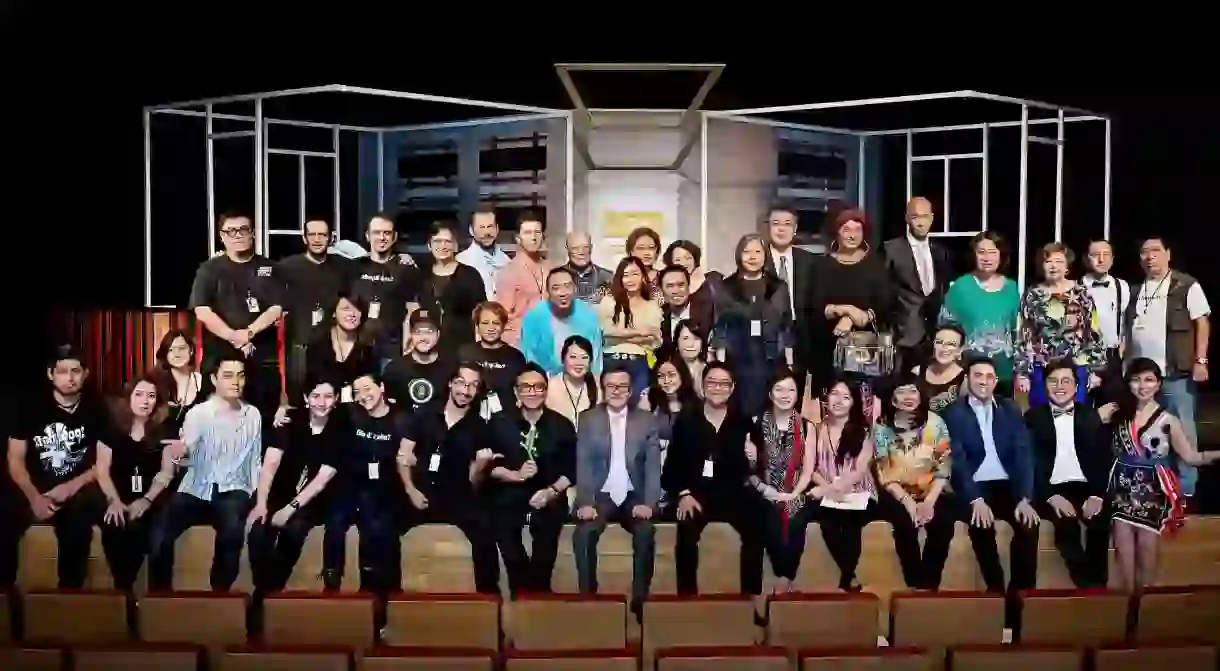Who Are the Macanese People in Macau?

Macau’s history as a place where East meets West gave birth to a group of people known as the Macanese – distinctive because of their interracial heritage, a mix of Portuguese and Chinese. Today, their small community is fading, but they are determined to hold on to their unique heritage and culture.
Who are the Macanese? Being born in Macau doesn’t always adequately define what it means to be Macanese. The ‘real’ Macanese, or indigenous people of Macau, have an interracial heritage – half Portuguese and half Chinese.
This unique mix came about because, for over 400 years, Macau was a Portuguese colony, until in 1999 when it was handed back to China. During the colonial days, many of the Portuguese colonists settled in Macau and married indigenous women. The result was a unique interracial community that typically saw Portuguese men start families with Chinese women.
This distinct mixed-race community has their own cuisine known as ‘Macanese cuisine’, a mix of southern Chinese and Portuguese ingredients and cooking techniques. With a history dating back over 400 years, Macanese cuisine is often regarded as the world’s first fusion cuisine.

They also have their own language – Macanese Patois or “Patuá” as it is sometimes called – a Portuguese creole language, which originated in the 16th century. However, today it’s estimated that Macanese Patois is spoken by no more than 50 speakers in Macau.
In 2009, the language was added to UNESCO’s Atlas of the World’s Languages in Danger and was labelled ‘critically endangered’. On the whole, Macanese Patois has been replaced by Standard Portuguese and Macau’s most widely spoken language, Cantonese.
Before the 1999 handover back to China, many Macanese emigrated abroad. The idea of becoming a minority group in a Chinese-dominated society shocked the Macanese community, leading many to leave Macau for good. Surprisingly, more Macanese now live in the US and Canada than in Macau.
Today, fewer than 8,000 Macanese remain in the city. Meanwhile, Macau’s population of 600,000 is about 95% Chinese and rising. As a growing number of people from mainland China continue to make Macau their home, there is concern that there is a potential risk of extinction for the Macanese community.
“My main concern is the obvious erosion of the community. I feel there is a serious risk of extinction,” says Miguel de Senna Fernandes – a lawyer and the president of the Macanese Association – in an interview with the South China Morning Post.
“There’s a real chance of the community members not knowing in a few years what makes us different from other Chinese citizens, because the old people, those who know the meaning of it, are dying.”
But there are efforts to preserve the unique Macanese culture. One of the ways is through a local theatre group called the Doci Papiaçam di Macau. For over 20 years, this local drama group has been performing original and humorous plays in their native Macanese Patuá language. These plays have become one of the most anticipated regular features in the annual Macao Arts Festival. Visitors to Macau can enjoy the performances too as the group presents them with subtitles in English, Chinese and Portuguese.

There are also some restaurants in Macau that still serve traditional Macanese cuisine. One place to sample some classic Macanese dishes is at Riquexo – the oldest Macanese restaurant in the heart of old Macau. The spirit and soul of old Macau live on at the restaurant thanks to the Macanese community who socialise and dine here together.
Much of the architecture of Macau also represents the blending of Macau’s Portuguese and Chinese heritage. The Historic Centre of Macau was inscribed on the UNESCO World Heritage List in 2005, with over 20 locations that exhibit the unique co-existence of the two contrasting cultures.
It’s through these unique cultural aspects that the Macanese community, at least for now, keeps their foothold in the city.













